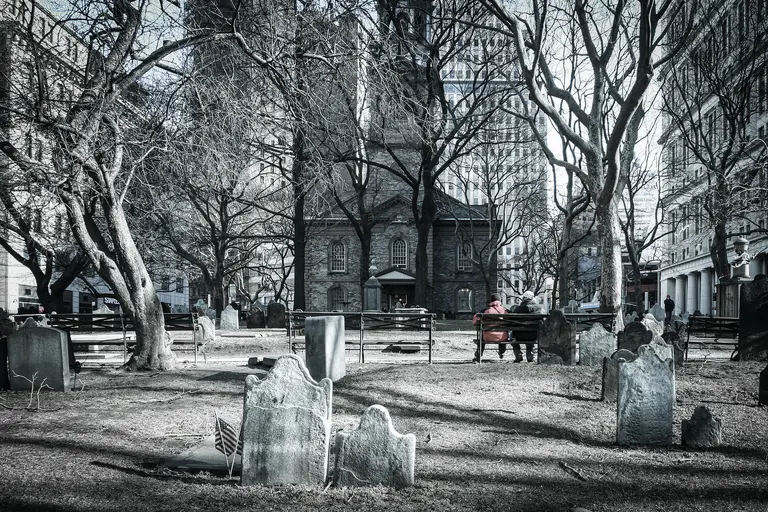
St. Paul’s Chapel via Flickr cc
10 offbeat haunted spots in New York City
See all the haunted haunts here!

St. Paul’s Chapel via Flickr cc
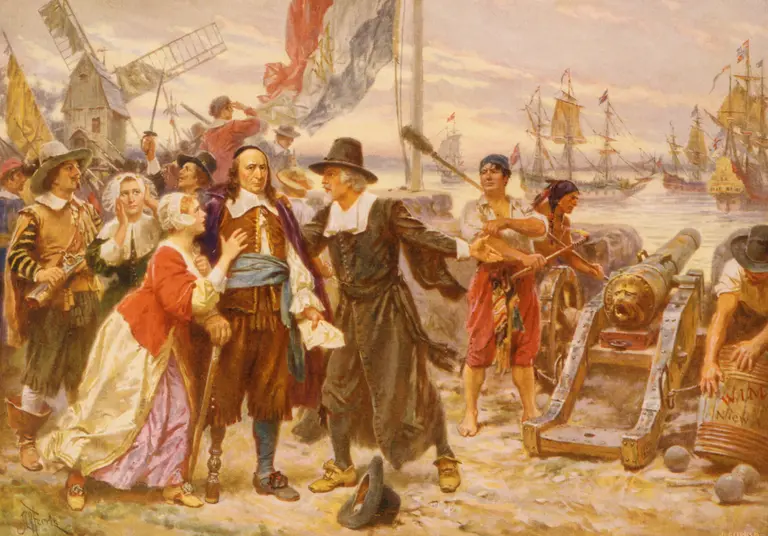
Jean Leon Gerome Ferris’s painting “The Fall of New Amsterdam, which shows New Amsterdam residents begging Peter Stuyvesant to surrender to the British. Via The Library of Congress, Prints and Photographs Division.
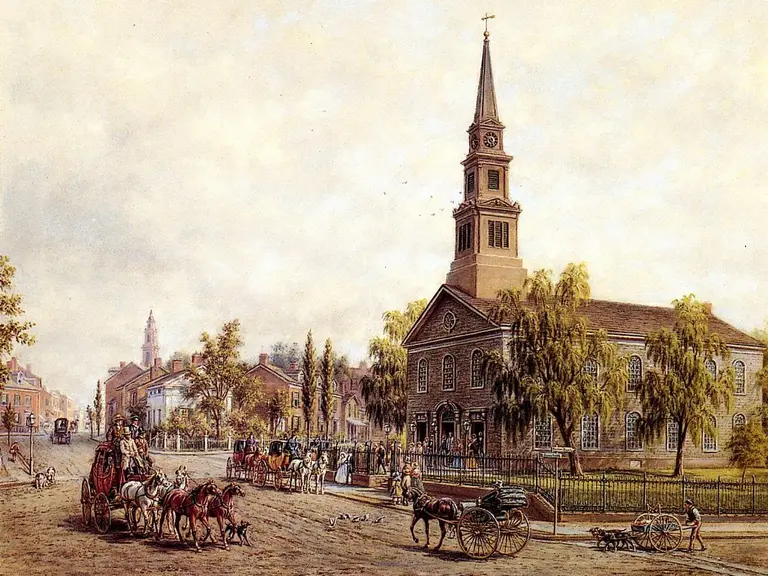
The area in the 1840s, via Wiki Commons
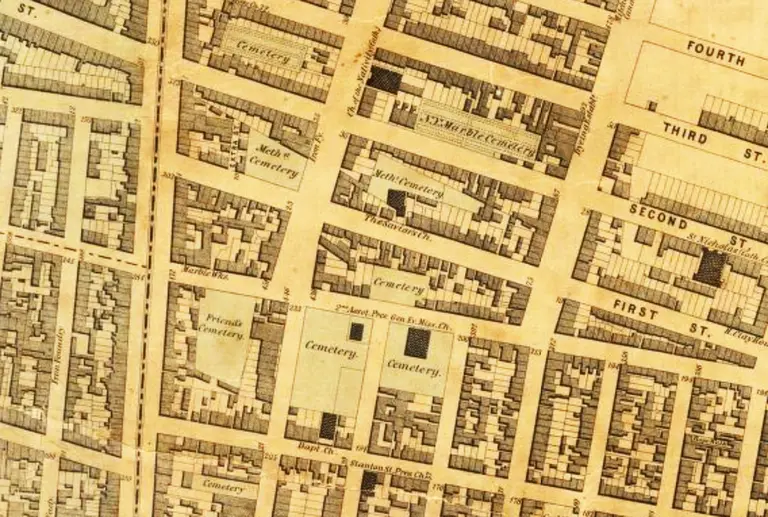
Zoom of the 1852 Dripps map of Manhattan, showing the proximity of downtown cemeteries, via David Rumsey Map Collection
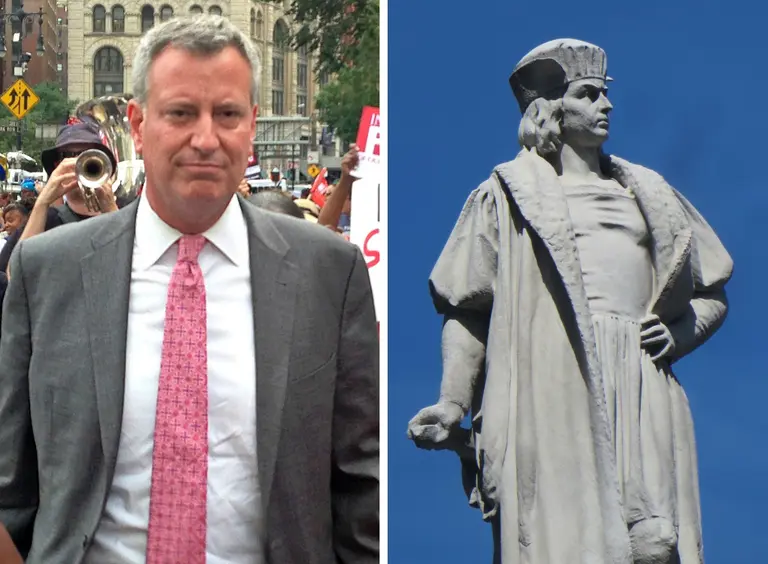
Mayor de Blasio via Wiki Commons (L); Columbus Circle’s Christopher Columbus statue via Eden, Janine and Jim/Flickr
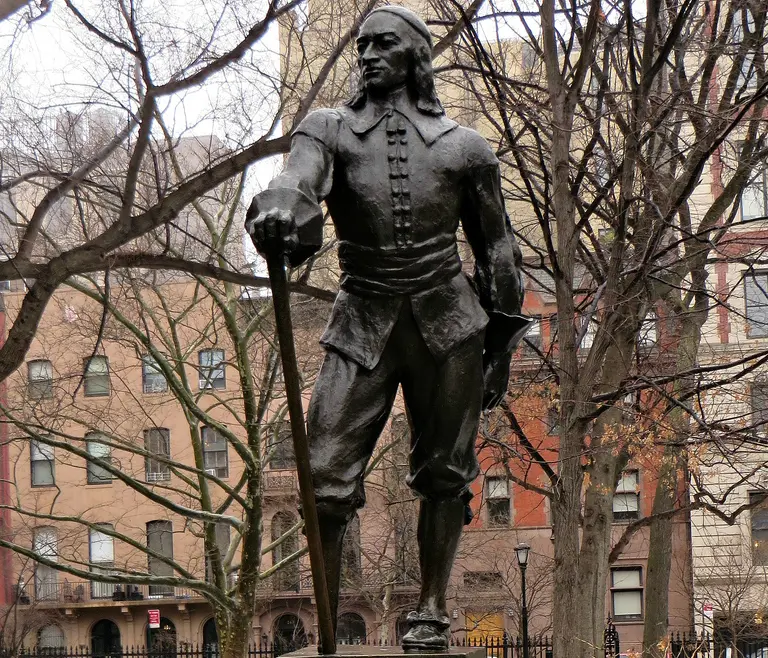
Monument to Peter Stuyvesant in Stuyvesant Square via edenpictures via photopin

Monument to Peter Stuyvesant in Stuyvesant Square via edenpictures via photopin